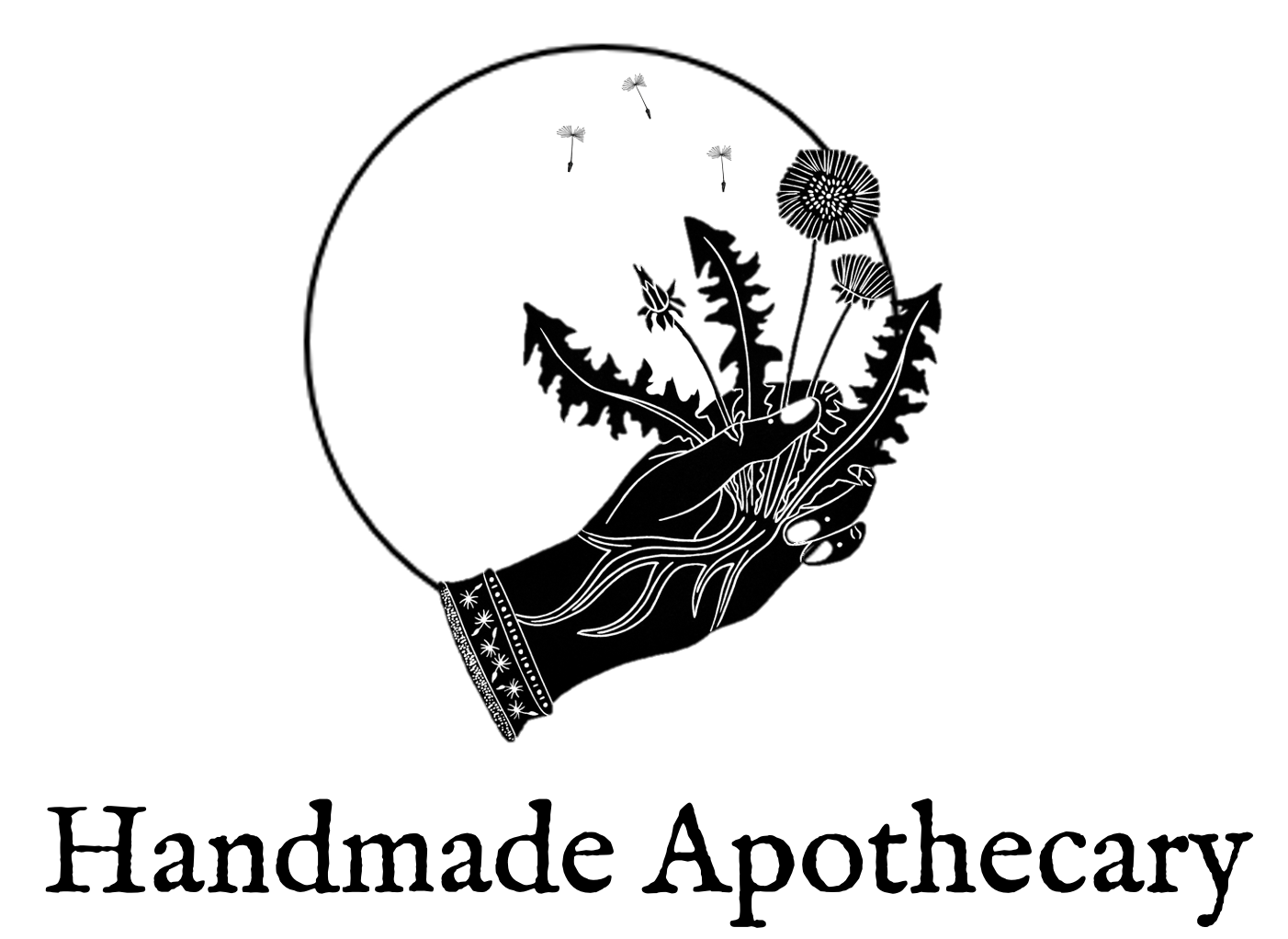Herbal Honey: Part 1
A lavender and thyme honey. From the Herbal Remedy Handbook, (C) Kyle Books 2019.
'A spoonful of sugar helps the medicine go down' as Mary Poppins said.
Summer brings both sweet sun-filled honey and fresh, abundant herbs. What could be better than to combine the two into delicious remedies?
Fresh, aromatic, culinary herbs work best if you want to make herbal honey. The flavoursome, medicinal oils extract well to make a lovely fragrant syrup.
Honey also preserves the herbs to make a rich elixir for all year round use.
Many herbal honeys aren't just medicinal. They can also be used for cooking, baking, salad dressings or added to fizzy water as a cordial. They also make great gifts.
It is a tasty, multi-purpose remedy that borders both food and medicine.
Herbal honey: what you need to know
How much herb? A scattering of leaves won't do - you want lots of herbs in the honey, so that the honey is 'full up' and ready to take on the herbal properties. When you infuse your honey, try to have the jar full, but not crammed in. The honey needs to be able to get in and also cover the herbs well.
Which honey? An organic, wildflower honey is great. Find and support a local beekeeper if you can (and can afford it!) but many supermarkets also have a good organic range. Runny honey is the easiest to use, you can of course use set honey but you would need to heat it to its liquid form for the herbs to infuse well.
Vegan? Use food-grade glycerine instead.
How do you use them? Generally a spoonful of herbal honey can be taken as needed, a bit like a cough syrup. You can also use them as a sweetener to give an extra herbal boost in infusions, or even add them to homemade face masks.
What kind of things can you use herbal honey for? Herbal honeys are used much like syrups. So things like coughs, sore throats, upset tummies. Aromatic herbs are all strongly antibacterial and good for digestion. The honey also soothes and coats inflamed tissues such as when you have a sore throat or cough.
Which herbs can be used?
Thyme (Thymus vulgaris) - Contains strong antibacterial & antiviral oils. It has a specific tonic action on the lungs to support tissues and break down mucous in phlegmy coughs.
Sage (Salvia officinalis) - Sage soothes sore throats. It is also very cooling in fevers and menopausal hot flushes.
Rosemary (Rosmarinus officinalis) - There is a saying, ‘Rosemary for remembrance’. This is because rosemary has long been valued as a memory strengthener. It improves and increases blood circulation to the head, which is why it can also help treat some kinds of headache. It also helps circulation the limbs. Rosemary can help with circulation to cold hands and feet, and to improve spider/varicose veins.
Lemon balm (Melissa officinalis) - The 17th Century herbalist, Nicholas Culpepper, said balm 'causes the mind and heart to become merry’. It is used by herbalists today as a non-sedating, anxiolytic (anti-anxiety) herb. Lemon balm also improves memory and is great as a tea (or honey) for students. TIP: only infuse Lemon balm using method 1 (the slow way), and only overnight: this traps the beautiful lemony taste without extracting the bitter tannins.
Fennel leaf or seed (Foeniculum vulgare) - Fennel seed is a favourite of herbalists for settling tummy pain and wind. Fennel seed honey can be used as an after dinner digestive or to treat trapped wind.
Honeysuckle (Lonicera periclymenum) - Honeysuckle helps numb the throat when it is swollen and in pain. It is also a mild laxative. Tastes glorious, and lovely over ice-cream, though avoid large doses.
Other herbs that can be used are… Oregano, marjoram, mint, basil, cinnamon, lavender, chamomile etc…
Remember, you should never give raw honey to children under 1 year old.
How to make herbal honey
There are three methods listed on the next page, please click on the button below to read more.

